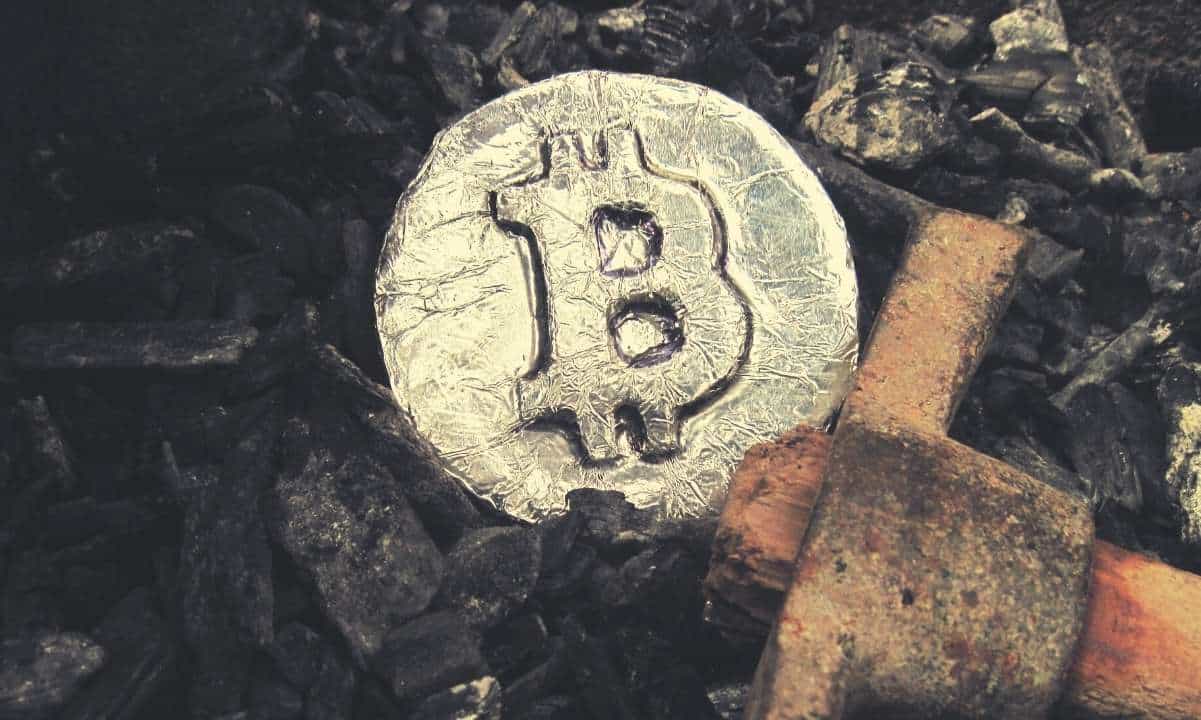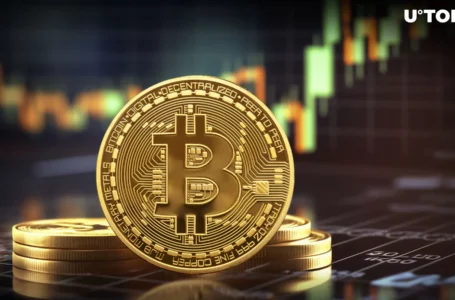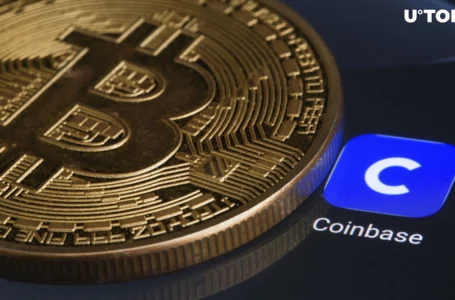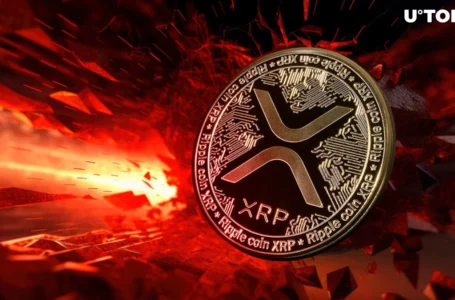
Chris Larsen – angel investor and co-founder of Ripple – is funding an environmental campaign to change Bitcoin’s code. Using his funds, a consortium of environmental groups will run ads across major newspapers to convince miners, software developers, and others to drop the network’s ‘proof of work’ consensus mechanism.
Explain proof of work
To be clear, the environmental “lobby” is not looking to end Bitcoin itself, but to see it evolve into a less energy-intensive security model. Former Sierra Club director Michael Brune, who advises the campaign, says Bitcoin is contributing too much to global warming given the severity of climate change.
“It’s important for anyone in a position to act, to act,” he said, as reported by the Wall Street Journal. “You can’t ignore that we are in a climate emergency.”
Bitcoin’s proof of work requires network users to compete against each other to solve a very difficult mathematical problem to gain permission to create the next block. The winner is rewarded with newly minted Bitcoin, as well as proceeds from recent network transaction fees.
To solve the problem fastest, miners must spend more computational energy than their competitors. Overall, the mechanism’s purpose is to make it costly for users to propose a block in the first place, incentivizing them to propose blocks in line with the network’s rules.
The nature of this competition has spurred the growth of Bitcoin “mining farms” around the world. These farms – sets of computers specially designed for mining Bitcoin – cumulatively consume 136.79 terawatt hours of electricity per year – more than all of Norway.
The Campaign Against Mining
This has raised concerns among the environmentally conscious in crypto, business, and politics alike – including Chris Larsen.
Ripple’s co-founder wrote an op-ed last year arguing for Bitcoin to move to a low-power validation method. Now he has pledged $5 million to the new campaign against Bitcoin mining, adding to the nearly $90 million he has donated to other environmental causes.
The campaign will be driven by Greenpeace USA, Environmental Working Group, and others to place ads in publications including New York Times, Politico and The Wall Street Journal. The ads will call out Bitcoin’s environmental impact, alongside specific industry leaders and figureheads. Some include Tesla CEO Elon Musk, Block founder Jack Dorsey.
Musk began accepting payment for Tesla cars in Bitcoin last year, but ended the program precisely because of environmental concerns. Since then, he noted the biggest transition from Bitcoin mining to renewable energy and left the door open for possible acceptance of Bitcoin again.
On the other hand, figures like Jack Dorsey have been actively working on ways for average people to mine Bitcoin from home.
Can Bitcoin Really Change?
Larsen’s goal is ambitious, to be sure: he doesn’t think more miners moving to renewables will be enough. In a Twitter thread on the subject, he argues that industry incentives will always lead some to choose to use oil and coal, which he says is “unacceptable”.
“Bitcoiners – I know many of you may not believe this, but I’m not trying to work against you here,” he stated.
However, a code change of such magnitude would be unprecedented for Bitcoin. The network has a tradition of upgrading fairly infrequently and using backward compatible soft forks. Several Bitcoin hard fork attempts, including Bitcoin Cash and BitcoinPOS, all failed to compete with the original chain.
There are also worthy questions about whether miners would be willing to back an upgrade that negates their entire business model. Larsen proposes that new Bitcoin continue to be distributed to miners freely after the fork, based on a snapshot of their current hash rate before it occurs.
Ethereum has also used a proof-of-work consensus mechanism so far, but plans to move away from it by July. The new mechanism will be “proof of stake,” which rewards transaction fees to the largest ETH stakeholder on the chain, rather than the largest energy consumers.
Larsen makes clear that this effort is entirely his own, and not on behalf of Ripple.


















